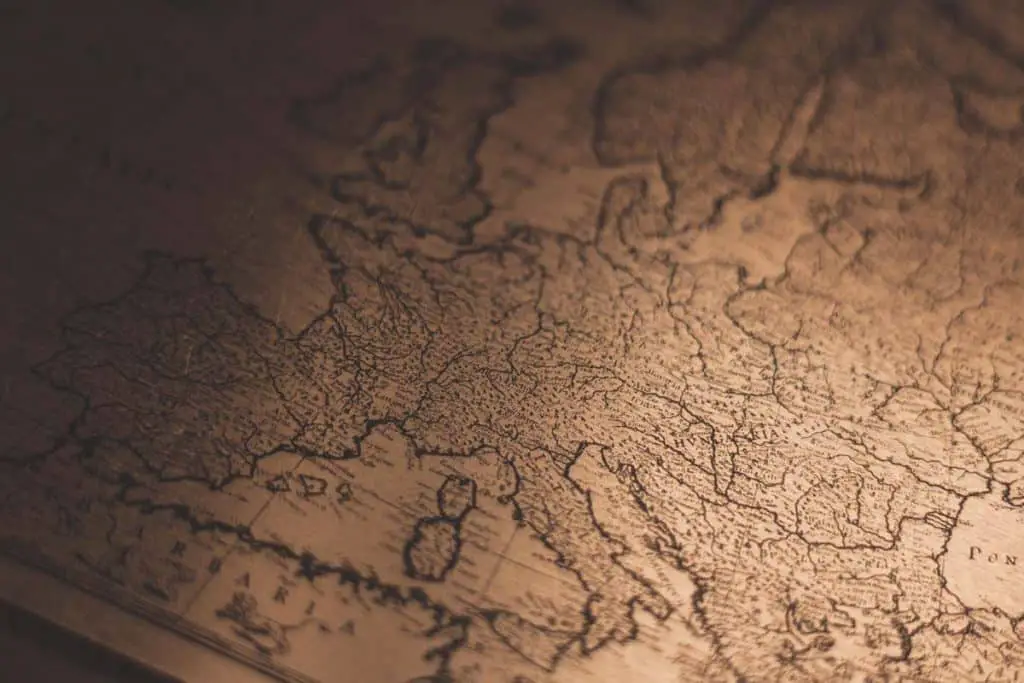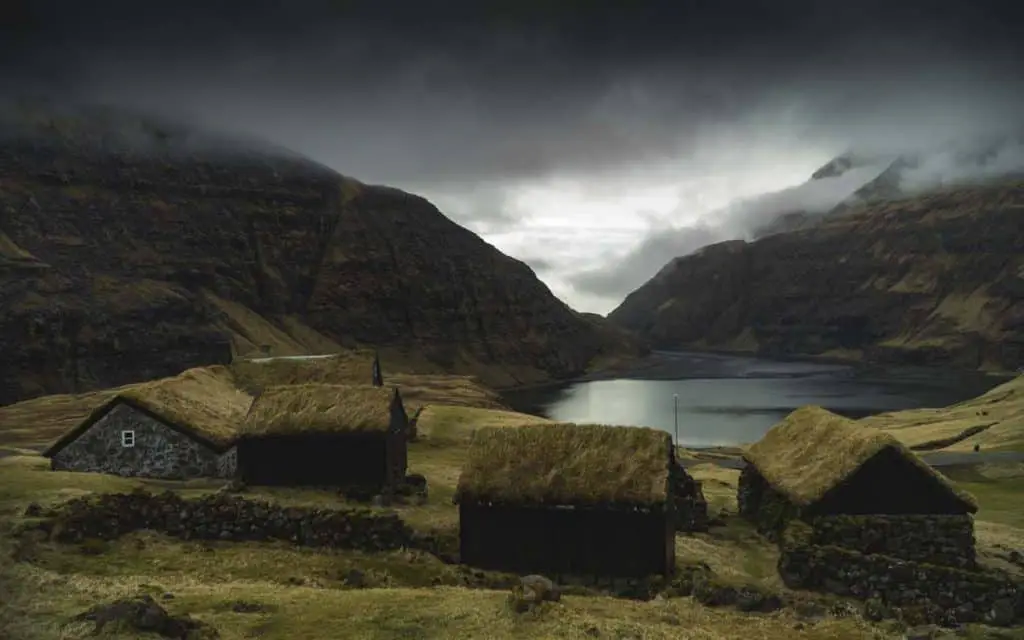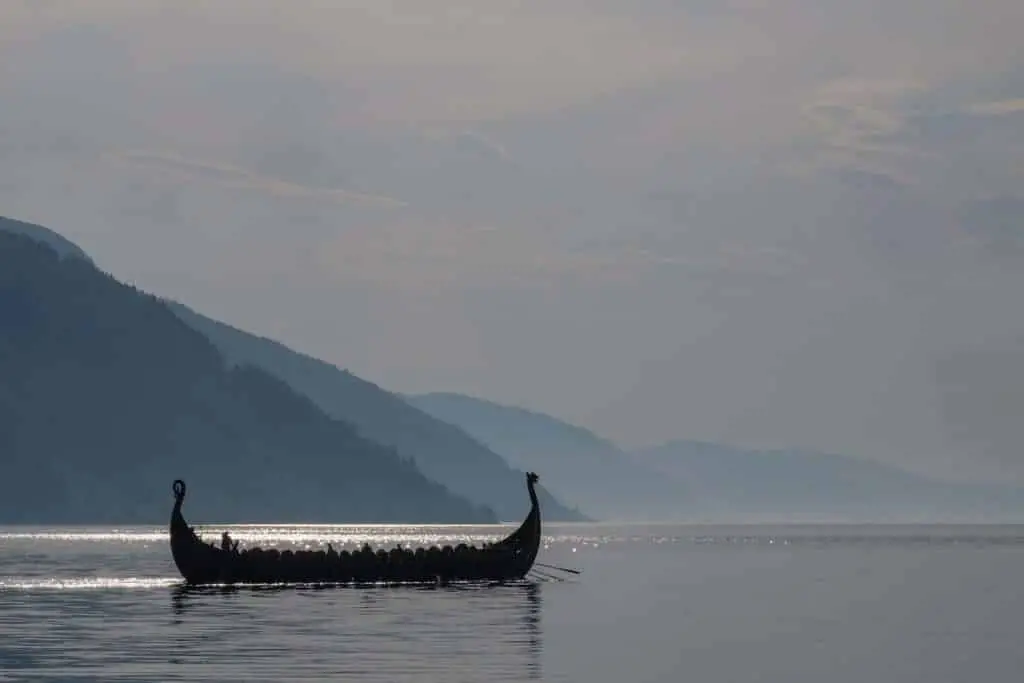The History Of The Azores
📅 15 February 2022 | Portugal | ⌛ 25 mins

The history of the Azores Islands dates back as early as 1375. However, recent findings suggest that the islands might have been discovered way earlier than the 14th century. Honestly, the story of the Azores Islands is covered in a bit of mist and is accompanied by some myths and legends that need be uncovered…
So, here’s the question – “How it all started?”, “Who discovered the Azores in 1432?”. Many people visiting the Azores islands ask this and are in fact, fascinated by the history these tiny gems have. If you want to learn more, read on… 😎
Table of Contents
TogglePortuguese Exploration
It all started with Dom Henrique of Portugal, or Prince Henry the Navigator . He was the heir of Dom Joao I of Portugal and Philippa who was sister of King Henry IV of England. Having in mind his royal background, his role as colonizer was seriously backed up by the crown and by solid investments.
Prince Henry the Navigator was a brave young man and very ambitious. At the age of 21, along with his brothers and father fought for the port of Ceuta and won. That port was set in Northern Morocco and was of great of great importance for his success as a prince.
Thanks to this victory he has had the chance to once and for all stop the Barbarians of raiding the southern Portuguese settlements and depopulating them. In addition to that, the victory also gave him a chance to explore further the coast of Africa and seek for the source of the gold trade on the continent.
Years later, Henrique who was a passionate discoverer helped the development of a much lighter and faster ship. The “caravel” was a small, but very easily maneuverable ship, compared to the cargo ships that existed at the time. This was a huge step for the maritime discoveries that would follow the next years.
Discovery of Madeira and Porto Santo
Henrique was a passionate man that was always looking for ways to enrich his land and people. Thus, he was quite interested in finding the source of gold in Africa. Such discovery would have brought him enormous profit and riches.
So, he sent some of his most trusted people, João Zarco and Tristão Teixeira, to seek for the route of the gold. However, while sailing with the new ships following the volta do mar they got carried away and landed at a golden island that we now know as Porto Santo. Thus, in 1420, the island of Porto Santo and Madeira were claimed by Portugal and were quickly settled. The island of Madeira was a great source of timber as well as perfect place to grow wheat due to its mild weather and fruitful soil. Later in time, sugar cane was introduced on the island, which made Portugal the biggest exporter of sugar cane in the old world.
Discovery of the Azores Islands
It didn’t take long before Henrique decided to send his captains on another adventure. He has heard of nine islands set in the North Atlantic Ocean that has been discovered as early 1375, but was not settled. Thus, the new adventure began and soon the magical Azores islands were discovered by Gonçalo Velho Cabral. The year of discovery is quite uncertain and there are lots of suggestions. Nevertheless, the new found islands archipelago was named Açores, which literally meant goshawks. However, there were no goshawks on the islands except for some tiny birds like canaries.
The first island that the explorers found was the island of Santa Maria and later Sao Miguel by Diogo de Silves in the beginning of the 15th century. Later, the island of Terceira was discovered, as well as Faial, Pico and Sao Jorge that were in close distance from it. In the end, the islands of Graciosa, Corvo and Flores were discovered, which ended the discovery age for the islands.

Settlement of the Azores Islands
Unlike Madeira islands, the Azores Islands were not settled right after they were discovered. It might have been due to their location, which was somewhat 1600 kilometers away from Mainland Portugal or 3-4 days of sailing. Or might have been due to their volcanic activity, which might have prevented people from living happily ever after as they do now. Nevertheless, the Azores islands were finally settled almost a century after their first official discovery.
Settlement of Santa Maria
The first island to be settled was Santa Maria in 1439, where the first village was founded – Anjos (now Villa do Porto). Luckily, there were no large animals on the islands. Thus the settlers brought with themselves cattle, sheep, goats, pigs, chickens and many other animals that helped the settlement of the new landers. As for growing crops they were mainly focused on grain, grapevines and sugar cane, which was in demand at the time.
Settlement of São Miguel
The first settlement on the island was set in Povoacao in 1432. However, Sao Miguel was officially settled in 1449 and its main city was Villa Franca do Campo, which was situated in the middle of the southern coast of the island. Unfortunately, the city was hit by an earthquake in 1522, which led to a landslide and ruined it. Thus, the capital was moved over to Ponta Delgada, which is the capital of the Azores archipelago these days.
The settlers of São Miguel were mostly growing wheat and oranges. In fact, in the 19th century the island was the largest exporter of oranges for the United Kingdom.
Settlements in the rest of the Azores islands
Eventually, the colonization of the Azores islands continued and slowly but surely all of them were colonized in the following years. One of the first islands to be colonized after Sao Miguel was Terceira, which later was a strategic military spot. Then, Graciosa, Faial, Pico, Sao Jorge and Flores were settled by mainlanders. The last one to be colonized was Corvo island, which took around 100 years after the colonization of Flores in 1480.
The islands of Corvo and Flores had great importance for the passing by ships that were travelling to Portugal from Brazil. They were used as safe stops for the sailors providing security and provisions. Whilst, Faial and Terceira were main resupply and repair stops for most of the fleets crossing by the Azores islands. That was the main purpose of these islands until the industrial revolution when their significance to the fleet was lost.
Maritime Warfare of the Azores Islands
The Azores islands were a quite appealing territory that many passersby wanted to overtake. Whether it be the Spanish sailors, privateers or pirates, the islands were under constant attack, which made it harder for the locals to live peacefully. Nevertheless, the Azores islands have proven to be quite well defended by their fortresses and skilled fighters…
Succession Crisis and Iberian Union
In the end of the 16th century, king Sebastian of Portugal died in battle helping Abu Abdallah to return his throne after it was taken by the new Sultan of Morocco. This devastating event left Portugal without a rightful heir, which led to the succession crisis. Many people were not convinced that their king were dead and opposed the government at that time.
Right after the death of the king, there were quite a few heirs claimed their right to the throne. However, the throne was then given to Antonio, who was a grandson of Manuel I of Portugal. Unfortunately, the Council of Governors was not happy with the new king and ran back to the Spanish kingdoms at the time to proclaim Philip II as the new king of Portugal.
This situation led to the Battle of Alcântara, which was fought between Antonio’s troops and those of Philip II. Antonio was defeated and flew to Terceira island where he managed to keep his sovereignty for some time. However, the Spanish followed him even there and fought a couple of battles by sea until they took over the Azores islands. The islands were the second-to-last Portuguese territory, as Macau was the last one. Once the last part of the Portuguese Empire was defeated, Portugal became part of the then Iberian Union consisting of the Kingdom of Spain and Portugal under the Spanish Crown.
During the Iberian Union which lasted for around 60 years until 1640, the Azores islands became a port of call for the Spanish fleets. Even though Portugal at the time has been under the Spanish Crown, it was still autonomous and had its very own government, until the fall of the union in the 17th century. Then, the Azores Islands became a fully Portuguese territory again 😏
Liberal Wars
In 1820, the Azores islands were strongly involved into the civil wars that were happening in Portugal at the time. These were the times where the change of power was happening occasionally, leading to many changes in the governance of the Portuguese territories. During that period, Terceira was made the main headquarter of the new liberal Portuguese regimen. Later on, in 1868 new stamps were printed to signify and distinguish the autonomity of the “AÇORES” islands.
Eventually, all of these changes led to the separation of the archipelago in districts. Thus, there were 3 main districts with 3 main cities. The first district was Angra, which consisted of the islands of Terceira, Sao Jorge and Graciosa with main city Angra do Heroismo in Terceira. The next district was Horta, which was gathering Pico, Faial, Flores and Corvo together, with main city Horta on Faial island. The last one was Ponta Delgada consisting of only Sao Miguel and Santa Maria with main city Ponta Delgada on Sao Miguel. Diving the island group in such a way made it easier for the government to rule over the Azores islands and monitor better their development.
Modern History of the Azores Islands
The modern story of the Azores islands starts at around the beginning of the 20th century when the islands were feeling the development of the new world. Along with that, they indirectly took part of the Second World war providing a safe place for the British ships to safely refuel and cover from enemies.
Later, some air bases were built on the islands by the US on the islands of Santa Maria and Terceira. These airbases helped the US navy during the Cold War when their anti-submarines were patrolling the Atlantic Ocean. Eventually, they were left and only occasionally used by the US navy as a refueling spot.
By the end of the century, the Azores became an Autonomous Region of Portugal, meaning they were autonomous, but still part of the Portuguese governance. This gave the Azores Islands a long awaited freedom and appreciation, which might be the reason why going there feels so freeing to the soul 😇
Myths and Legends of the Azores Islands
Here comes the fun part. As a person that loves myths and legends, I would say that the Azores Islands have quite a few very interesting myths and legends. Some of them are well known, others not so much…
Princess Bluegreen of the Seven Cities
As the story goes, there was a king and a queen of the kingdom of Atlantis that were childless. For many years they have not being able to produce a child until one night a starlight approached them. That starlight made a deal with the king and the queen to gift them with a child if the king promises to do no wrong to his people anymore. To secure the deal, the starlight decided to take care of the child for 20 years, so that the king can free himself of any sin.
Time passed by and soon the queen of Atlantis gave birth of a baby girl called Bluegreen. Just a couple of days old, the starlight took her to the Seven cities to protect the child. Unfortunately, the king kept on treating his people in a bad manner and when 18 years passed by, he decided to attack the Seven Cities, which was the home of the starlight and his daughter.
Even though he was warned about the consequences, the king decided to risk it all and attacked the Seven Cities with his army. This led to natural disasters that sank his kingdom of Atlantis. Eventually, when the storms calmed, what was left of the beautiful evergreen kingdom were 9 tiny islands spread across the ocean…
As you probably know, the Azores Islands are considered by many people to be the long lost mystical kingdom of Atlantis. There are many suggestions leading to these beliefs as for example the islands are of volcanic origin, have mesmerizing beaches and are covered in mostly tropical evergreen flora. However, there is no final conclusion on this, so we can only wonder 🧐

Vikings Discoveries
For centuries it was believed that the Azores Islands were discovered by the Portuguese, but recent research suggests otherwise. According to new studies of the Açores Islands, the first settlers of the archipelago were none other than the Vikings. It might be quite surprising to some, but quite logical to others.
The Vikings were roaming that part of the world in search of fruitful lands they could settle to avoid the harsh climate of the north. Thus, it is no surprise that they might have really landed on these heavenly beautiful islands.
The earliest findings of settlers on the islands dates back to the 7th century and is found in sediments of the soil. A more interesting find is the fact that the mice on the Azores islands have identical genetic similarities to those of the Northern European mice. Additionally, the researchers found a high increase in charcoal particles and native tree pollens in the lakes of the Azores islands. This by itself is pointing to earlier human activity on the islands dating back to the 7th century.
However, all these recent searches can not conclude on whether it was the Norse men or someone else inhabiting the Azores archipelago. Nevertheless, it is undeniable that the Portuguese explorers were not the first to settle these divine islands…
Read More About the Azores Islands:
This blog post has affiliate links, which might give me a percentage if you make a purchase. Of course, this is at no extra cost to you. It will help me to keep running this website, so thanks in advance for your immense support!
I hope that you have found this post about the history of the Azores Islands informative! I will be happy if you share your opinion below!

